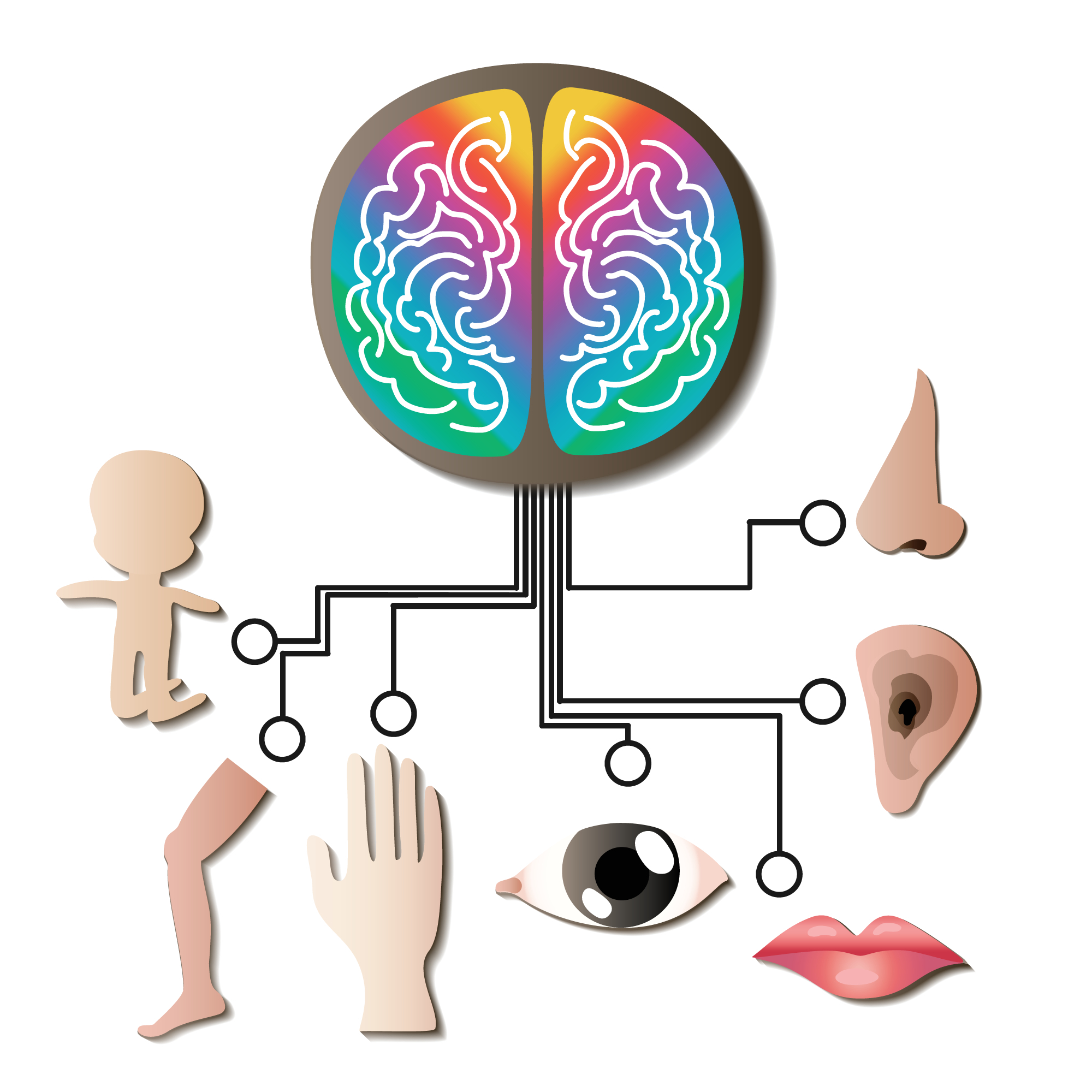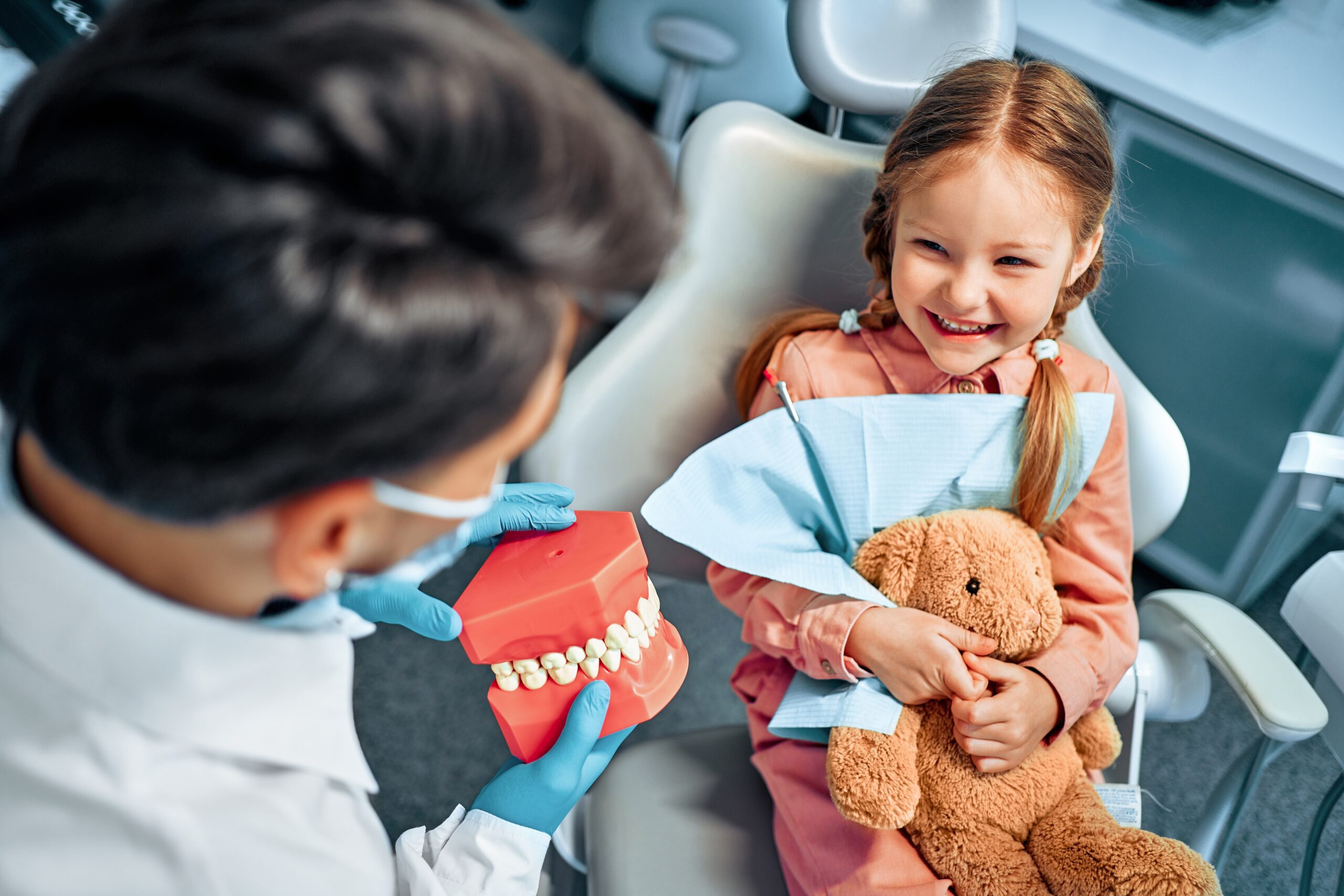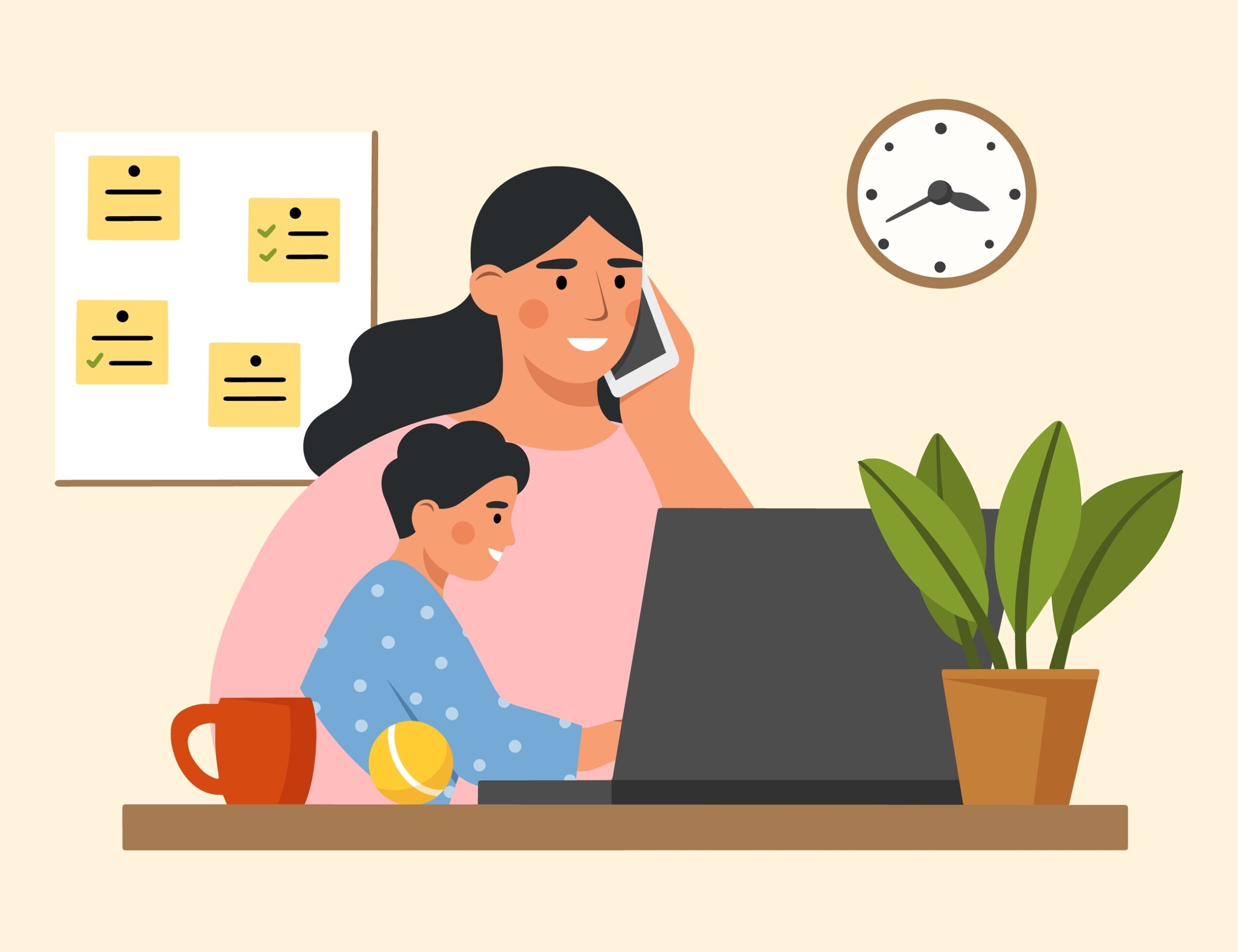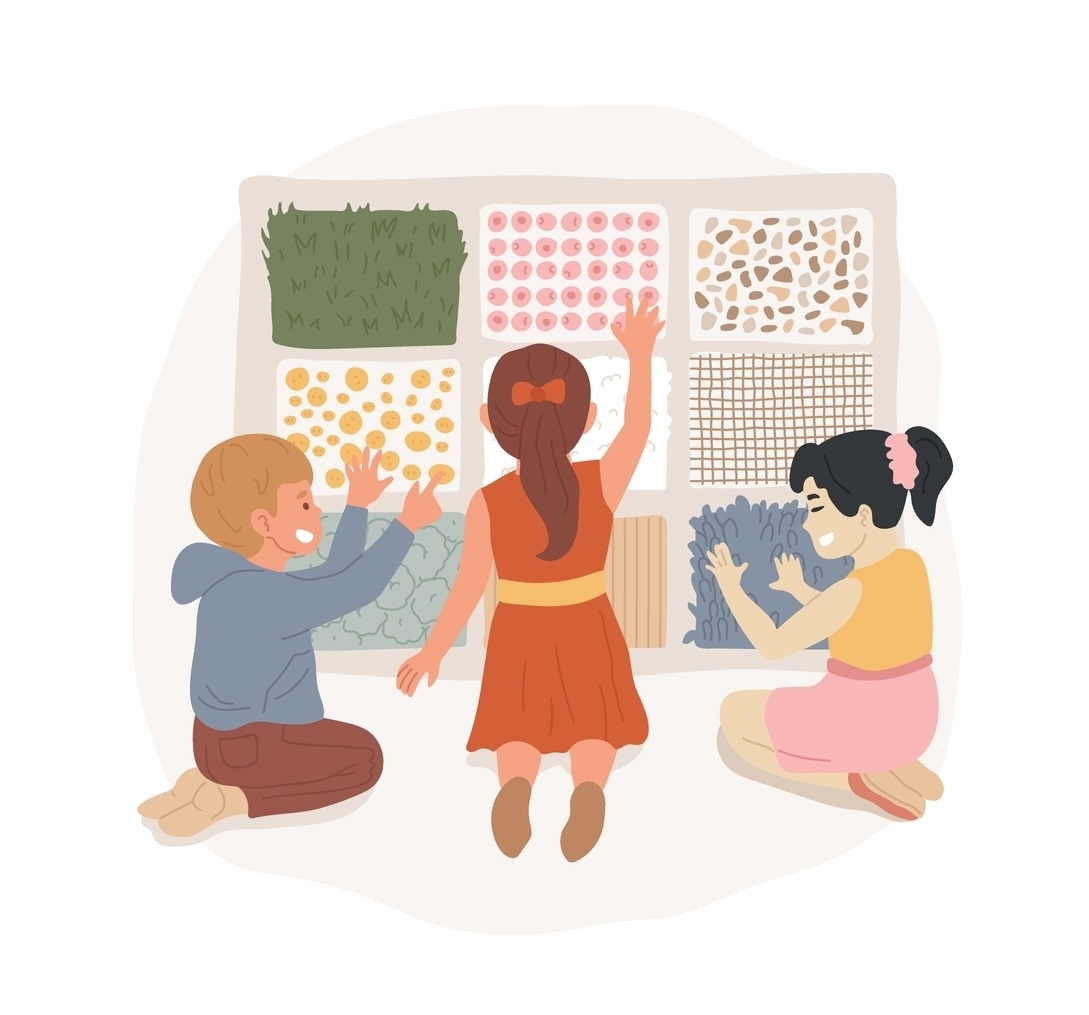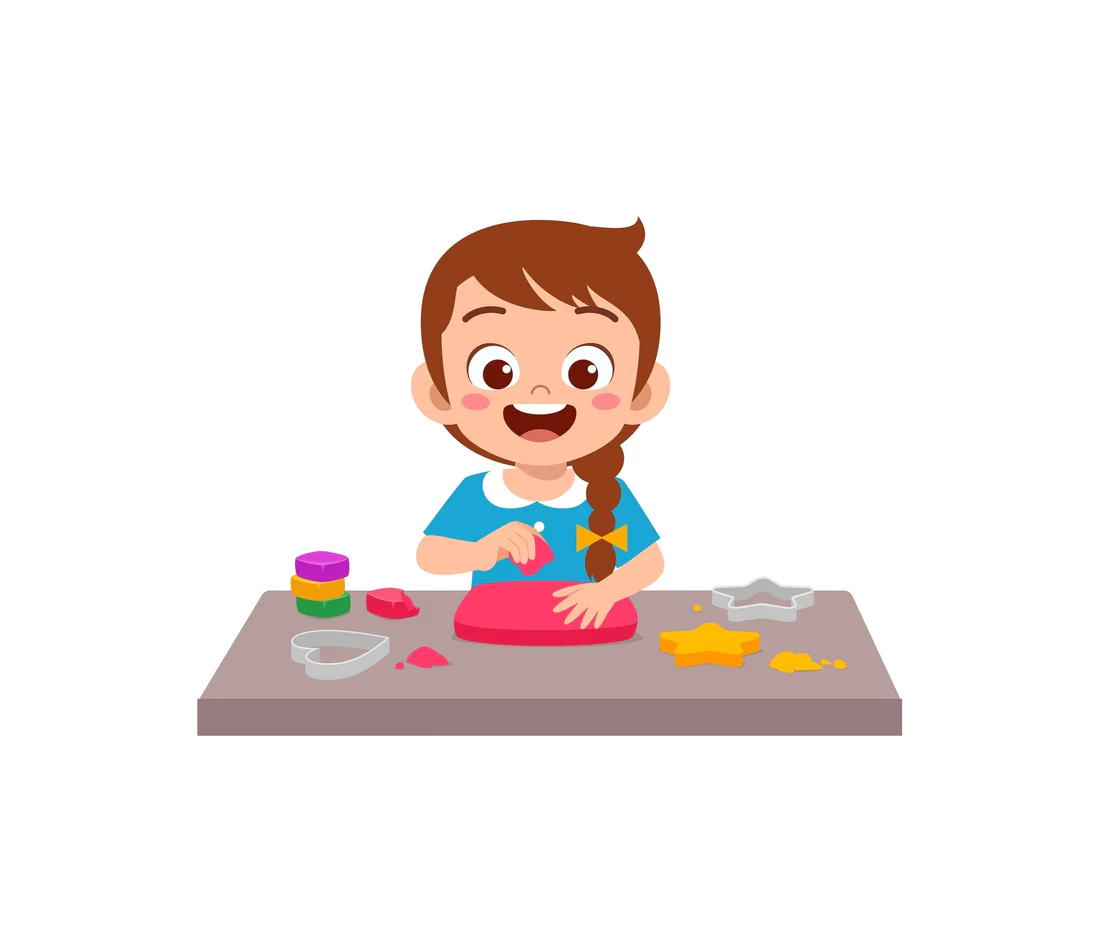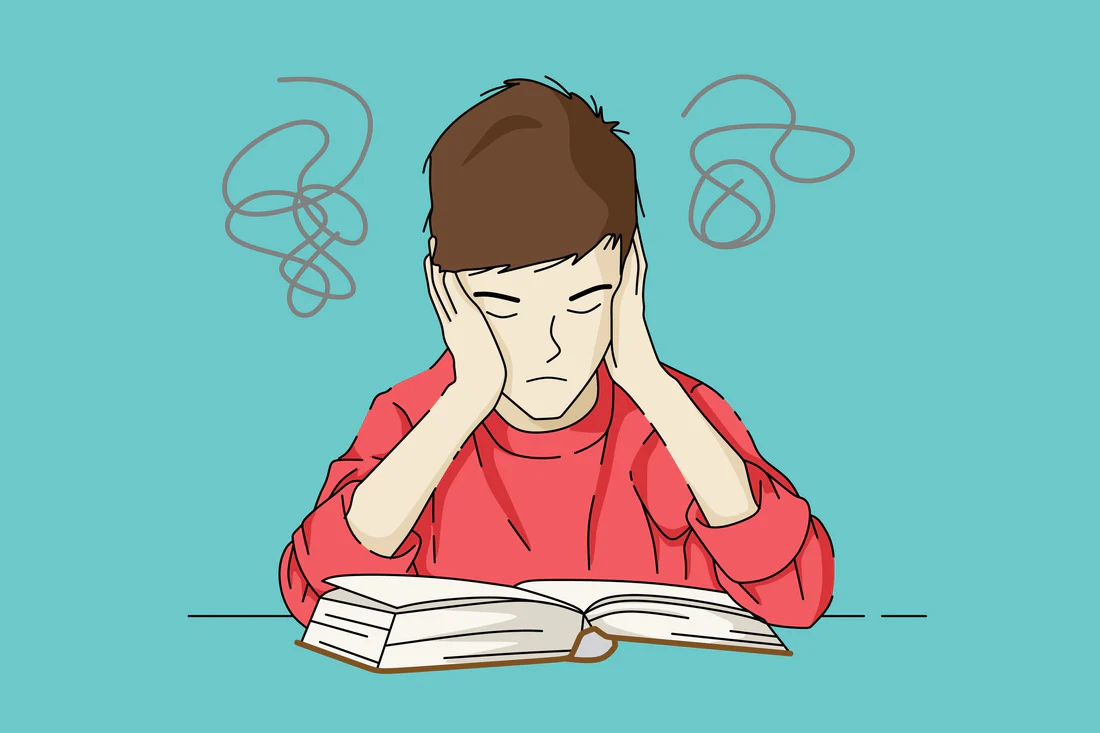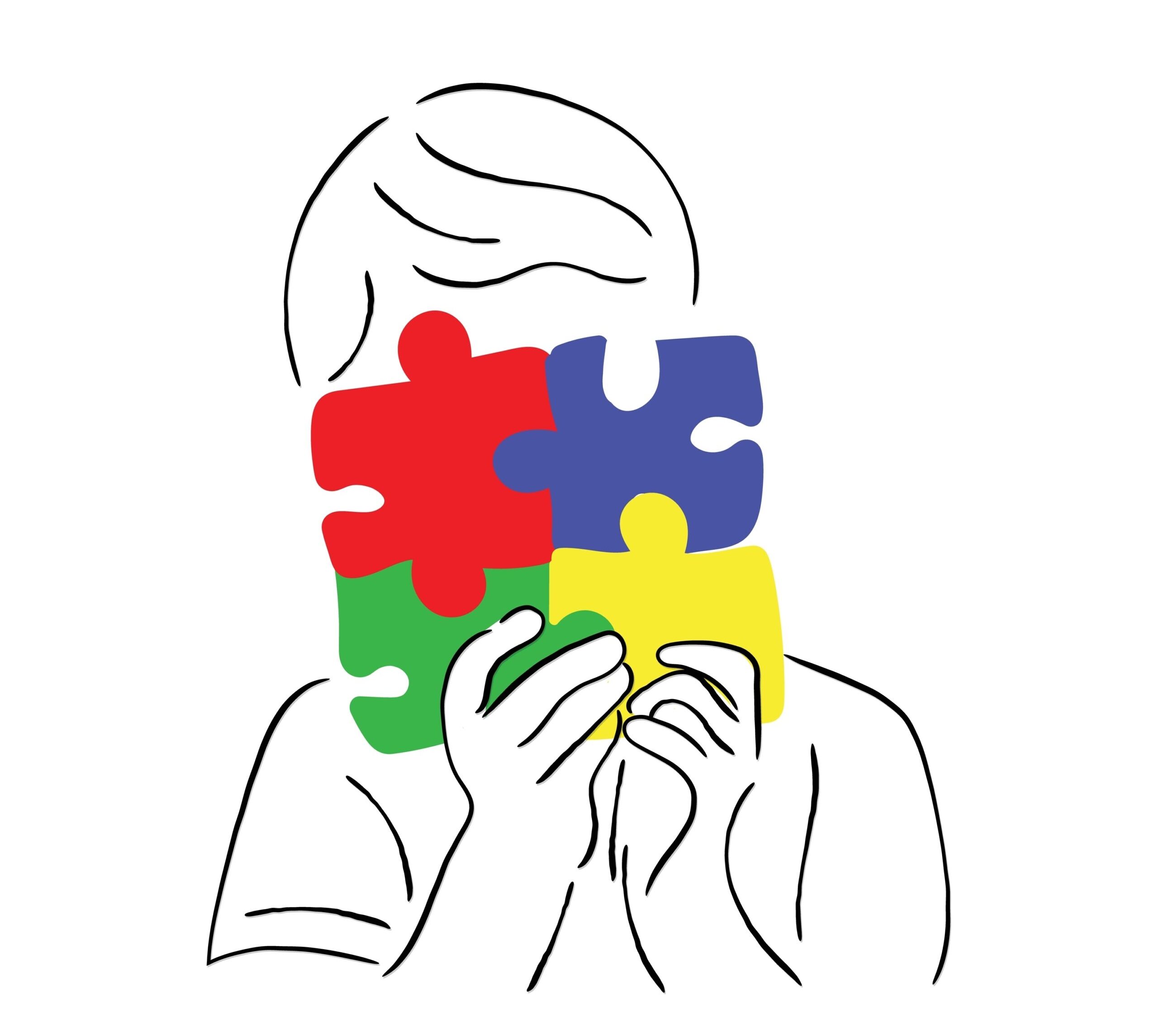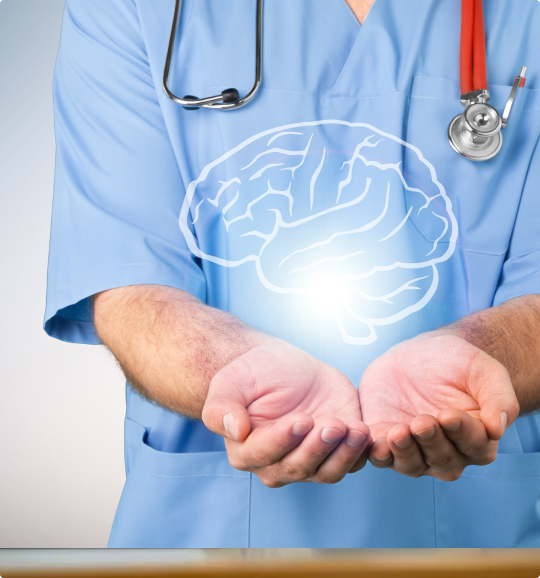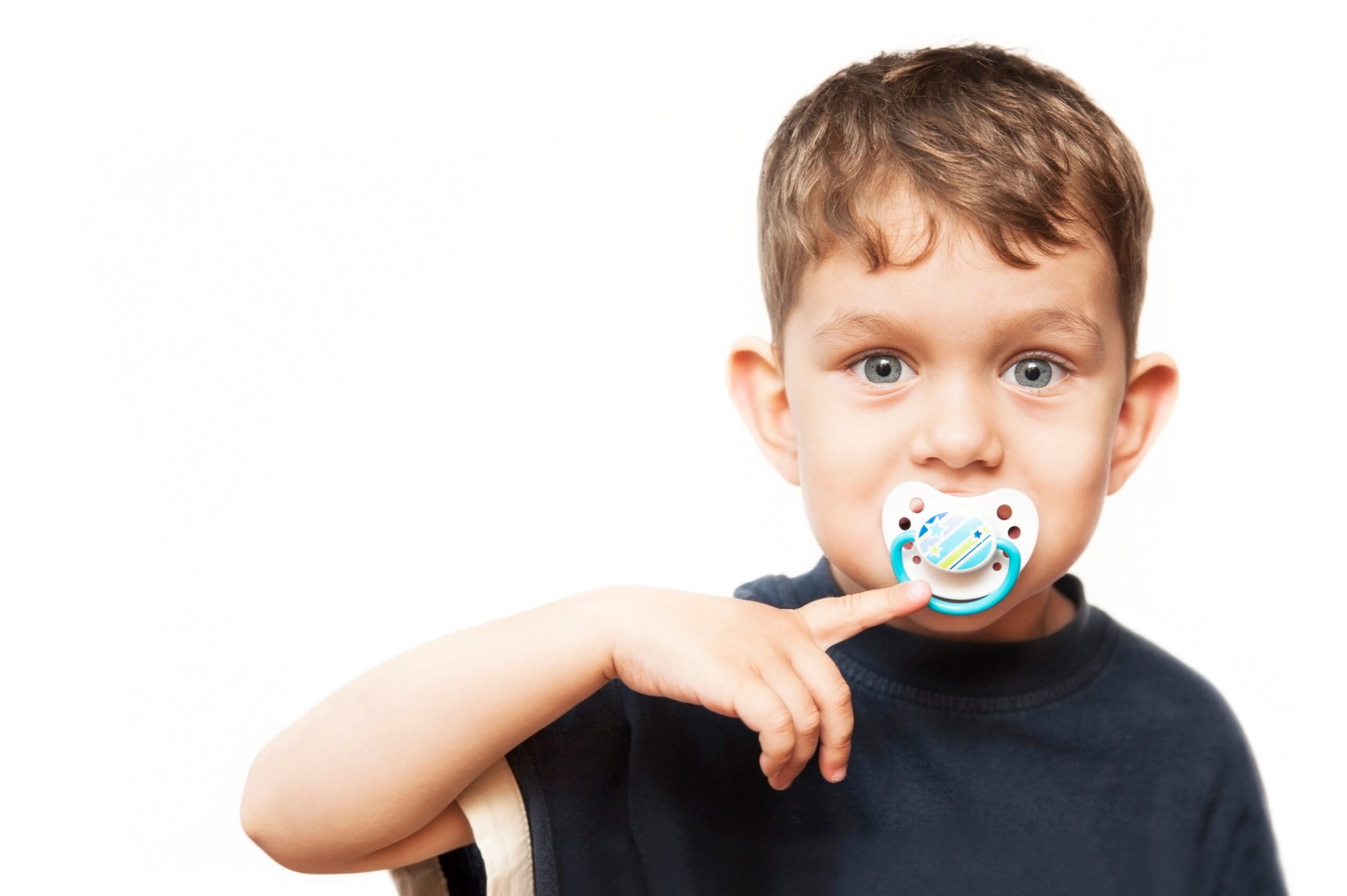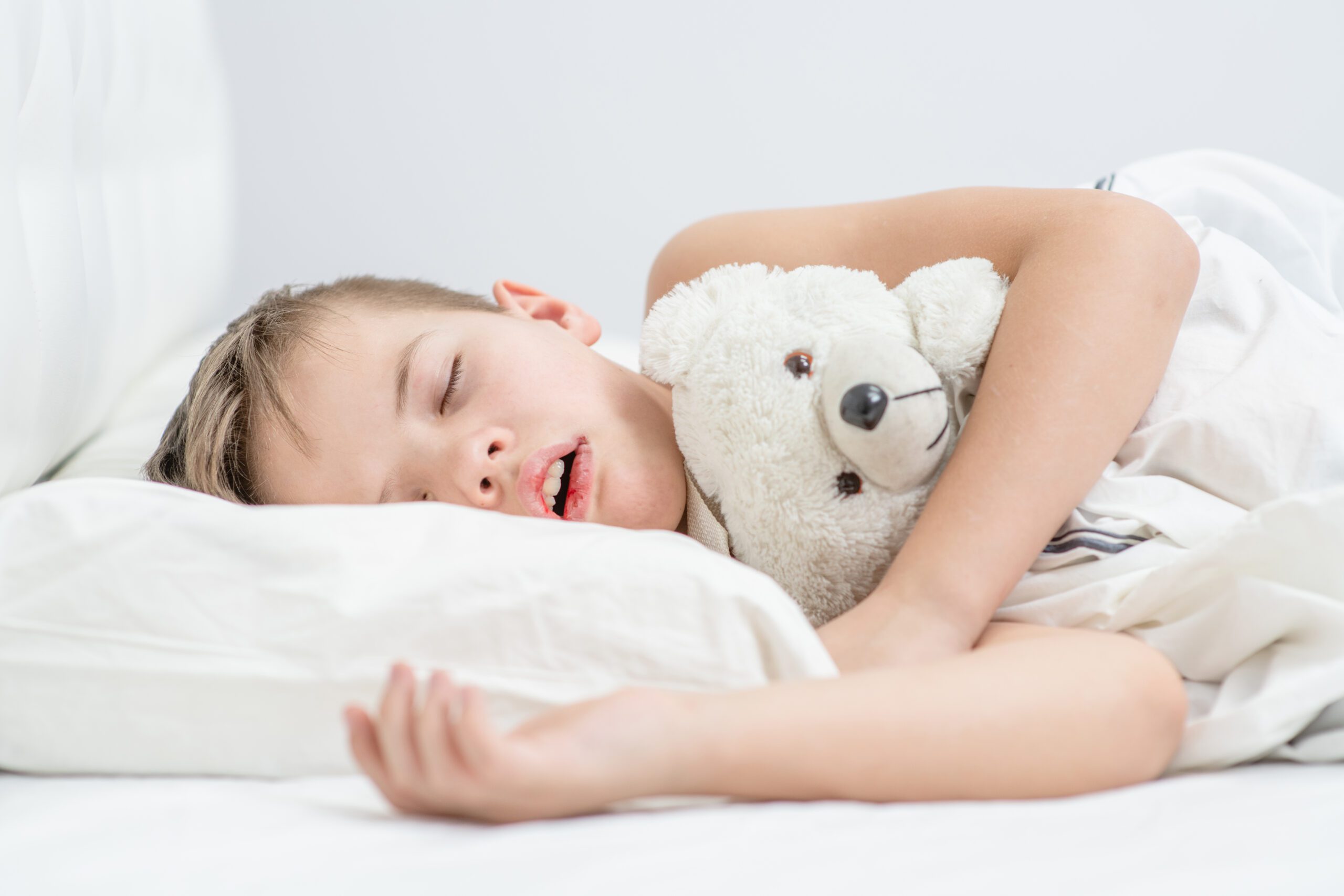
Autism
- Types of Autism Spectrum Disorder: Levels, Traits & Former Diagnoses Explained
- Asperger’s Syndrome: Signs, Diagnosis, and Support for Children, Teens & Adults
- What Is PDD-NOS? Understanding Pervasive Developmental Disorder–Not Otherwise Specified and Its Place on the Autism Spectrum
- Childhood Disintegrative Disorder (CDD): Symptoms, Diagnosis & Treatment Explained
- Rett Syndrome: Symptoms, Diagnosis, and Treatment Guide for Parents and Caregivers
- Nonverbal Autism: Causes, Signs, Communication Strategies & Treatment Options
- Sensory Processing and Autism: Understanding Sensitivities, Overload & Effective Therapies
- Classic Autism (Autistic Disorder): Signs, Diagnosis, and Treatment Before the DSM-5
- Fragile X Syndrome: Causes, Symptoms, Diagnosis, and Autism Link
- Atypical Autism (PDD-NOS): Symptoms, Diagnosis & Support Before DSM-5
- Low Functioning Autism (ASD Level 3): Symptoms, Support Needs, and Communication Challenges
- High-Functioning Autism (ASD Level 1): Symptoms, Traits, and Support Strategies

Neurodevelopmental Disorders & Learning Differences
- Dyslexia in Children: Symptoms, Causes & Best Therapies
- Dysgraphia in Children: Symptoms, Diagnosis & Treatment
- What Is Dyscalculia? Symptoms, Causes & Treatment
- Specific Learning Disorder with Impairment in Reading | Symptoms, Treatment & Therapists Near You
- Nonverbal Learning Disorder (NVLD): Symptoms, Causes & Therapies
- What Is Giftedness in Children? Signs, Support & Therapists
- Language Processing Disorder in Children: Signs, Therapy & Support
- Language Disorders in Children: Signs, Types & Therapy
- Delayed Speech in Children: Causes, Signs, and Therapy Options
- Executive Function Disorder in Children: Signs, Support & Therapy
- Apraxia of Speech in Children: Signs, Diagnosis & Therapy
- Understanding Intellectual Disability in Children: Signs, Support & Therapies
- What Is Twice-Exceptional (2e)? Signs, Challenges & Support for Gifted Children with Disabilities
- Global Developmental Delay (GDD)
Classic Autism (Autistic Disorder): Signs, Diagnosis, and Treatment Before the DSM-5

Authored by: The DrSensory Editorial Team
Reviewed by: 🛡️ DrSensory Clinical Review Board
Last updated: June 2025
What is Classic Autism and how was it diagnosed before the DSM-5?
Classic Autism, formerly known as Autistic Disorder, was one of the original subtypes of autism defined before the release of the DSM-5 in 2013. It described individuals with significant challenges in social interaction, verbal and nonverbal communication, and restricted, repetitive behaviors—often with noticeable developmental delays before age 3.
Classic Autism was typically diagnosed when symptoms were more pronounced and noticeable in early childhood, often requiring substantial support. Today, it falls under the broader diagnosis of Autism Spectrum Disorder (ASD) but is still a useful term in educational and historical contexts.
How does Classic Autism differ from other types of autism?
Classic Autism differs from other pre-DSM-5 subtypes like Asperger’s Syndrome or PDD-NOS in that it involves more severe language delays, greater difficulty with social skills, and more pronounced repetitive behaviors. While individuals with Asperger’s may have average or above-average intelligence and no speech delay, those with Classic Autism often exhibit:
- Little or no speech development in early years
- Difficulty with eye contact and social interaction
- Intense focus on routines or objects
- Sensory processing challenges
In the current DSM-5 model, Classic Autism typically aligns with ASD Level 2 or Level 3, depending on the level of support needed.
What are the early signs and symptoms of Classic Autism in children?
Early signs of Classic Autism may appear before age 2 and include:
- Delayed speech or no speech at all
- Limited response to name or eye contact
- Lack of interest in peers or social play
- Repetitive motions like hand-flapping, spinning, or rocking
- Extreme resistance to change or distress over routine disruption
- Sensory sensitivities, such as aversion to certain sounds or textures
Early diagnosis and intervention can significantly improve outcomes for children with Classic Autism.
How is Classic Autism treated and supported today?
While the term “Classic Autism” is no longer used in clinical diagnosis, individuals with these characteristics benefit from the same evidence-based interventions used for Autism Spectrum Disorder (ASD) today. These include:
- Applied Behavior Analysis (ABA)
- Speech and language therapy
- Occupational therapy, especially for sensory processing
- Social skills training
- Support in educational settings through IEPs (Individualized Education Programs)
Treatment is highly individualized and based on the person’s unique challenges and strengths, with a focus on building communication, independence, and quality of life.
Is Classic Autism still diagnosed today?
No, Classic Autism is no longer a standalone diagnosis under the DSM-5, which was released in 2013. Instead, it has been incorporated into the broader diagnosis of Autism Spectrum Disorder (ASD). The spectrum model recognizes that autism presents with a wide range of symptoms and severity, rather than distinct subtypes.
This page provides general educational content and is not a substitute for professional medical advice. Always consult a licensed provider for diagnosis and treatment.
View privacy policy, copyright and trust info
More on Autism
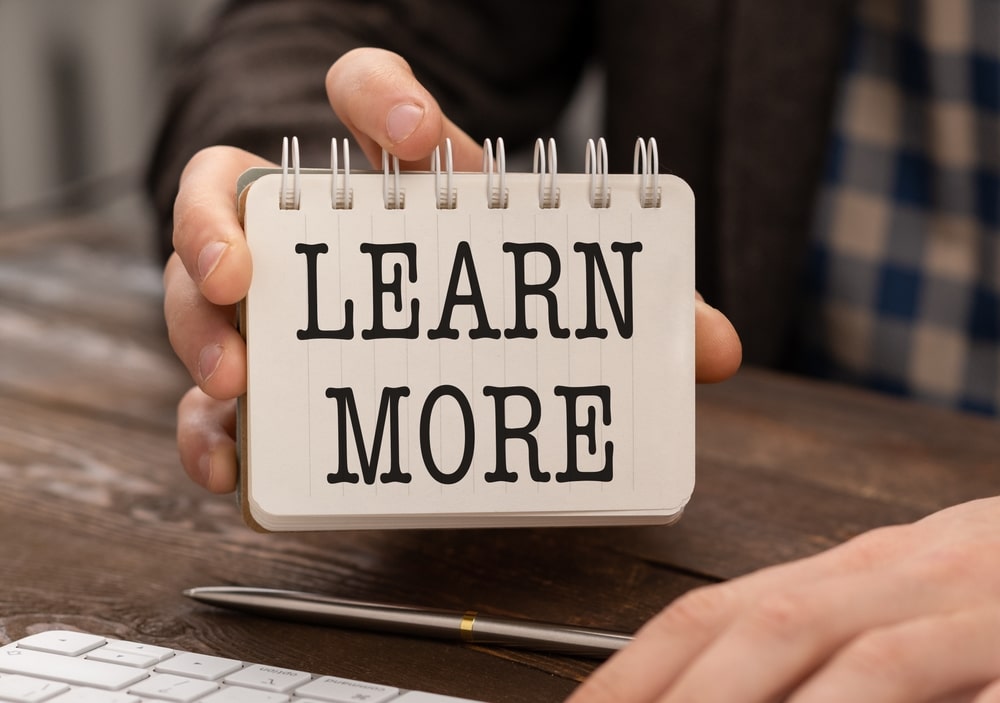
- Types of Autism Spectrum Disorder: Levels, Traits & Former Diagnoses Explained
- Asperger’s Syndrome: Signs, Diagnosis, and Support for Children, Teens & Adults
- What Is PDD-NOS? Understanding Pervasive Developmental Disorder–Not Otherwise Specified and Its Place on the Autism Spectrum
- Childhood Disintegrative Disorder (CDD): Symptoms, Diagnosis & Treatment Explained
- Rett Syndrome: Symptoms, Diagnosis, and Treatment Guide for Parents and Caregivers
- Nonverbal Autism: Causes, Signs, Communication Strategies & Treatment Options
- Sensory Processing and Autism: Understanding Sensitivities, Overload & Effective Therapies
- Classic Autism (Autistic Disorder): Signs, Diagnosis, and Treatment Before the DSM-5
- Fragile X Syndrome: Causes, Symptoms, Diagnosis, and Autism Link
- Atypical Autism (PDD-NOS): Symptoms, Diagnosis & Support Before DSM-5
- Low Functioning Autism (ASD Level 3): Symptoms, Support Needs, and Communication Challenges
- High-Functioning Autism (ASD Level 1): Symptoms, Traits, and Support Strategies
Find a Therapist near you
Are you looking for a physical, occupational, or speech therapist in your area?
Look no further than the DrSensory Therapist Database and Clinic Directory!
Find a Therapist
Find the physical therapist, occupational therapist, or speech language pathologist you’re looking for!
Ask Us Anything
Whether you are looking for advice, have a general question about sensory processing, or looking for resources.
Submit Your Story
Share your story about your child. Let’s celebrate milestones and learn more about challenges.







































